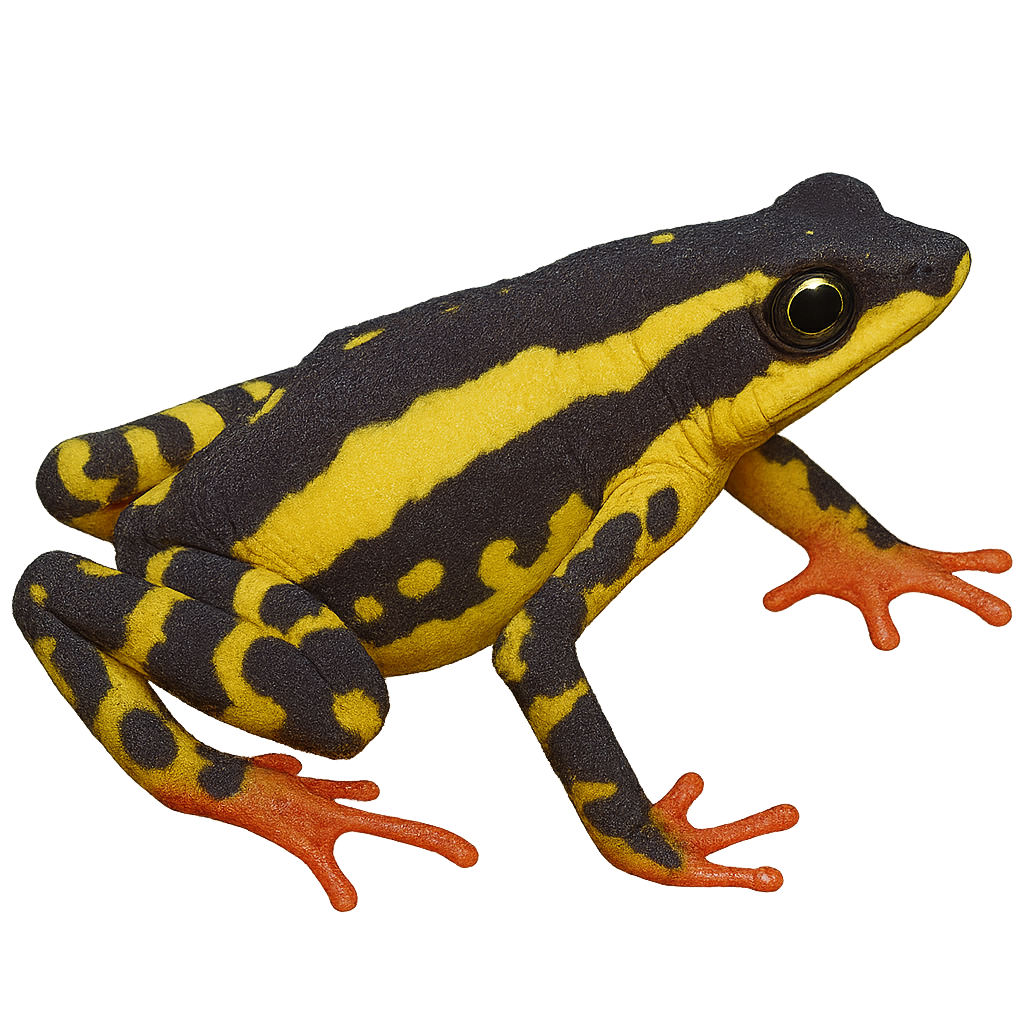Your wildlife photography guide.
Explore the bolivian stubfoot toad in detail, study its behavior, prepare your shots.
Where to observe and photograph the bolivian stubfoot toad in the wild
Learn where and when to spot the bolivian stubfoot toad in the wild, how to identify the species based on distinctive features, and what natural environments it inhabits. The WildlifePhotographer app offers tailored photography tips that reflect the bolivian stubfoot toad’s behavior, helping you capture better wildlife images. Explore the full species profile for key information including description, habitat, active periods, and approach techniques.
Bolivian Stubfoot Toad
Scientific name: Atelopus tricolor

IUCN Status: Critically Endangered
Family: BUFONIDAE
Group: Amphibians
Sensitivity to human approach: Suspicious
Minimum approach distance: 2 m
Reproduction period: December to February
Incubation: 6–10 jours
Births: January to March
Habitat:
Tropical rainforests, rivers, mountainous areas
Activity period :
Mainly active at night, generally discreet during the day.
Identification and description:
The Atelopus tricolor, commonly known as the Bolivian Stubfoot Toad, is a species of toad belonging to the Bufonidae family. Native to the humid tropical forests of Ecuador, this small amphibian is easily recognizable by its brightly colored skin, often adorned with yellow, green, and black patterns. Typically measuring between 3 and 5 cm, it is known for its ability to blend into its surroundings to evade predators. Unfortunately, this species is critically endangered due to habitat loss and fungal diseases affecting many amphibian populations. Conservation efforts are crucial to ensure its survival.
Recommended lens:
Macro – adjust based on distance, desired framing (portrait or habitat), and approach conditions.
Photography tips:
To photograph the Bolivian Stubfoot Toad, it is advisable to use a macro lens to capture the details of its colorful skin. Approach slowly and carefully to avoid scaring the animal. Natural light is ideal for highlighting the bright colors of this toad, so aim for daytime shots. If possible, use a tripod to stabilize your camera and achieve sharp images. Be patient and wait for the toad to relax to capture authentic shots of its natural behavior.
The WildlifePhotographer App is coming soon!
Be the first to explore the best nature spots, track rutting seasons, log your observations, and observe more wildlife.
Already 1 429 wildlife lovers subscribed worldwide

